Strawberry Fields Forever?
This content is restricted to subscribers
This content is restricted to subscribers
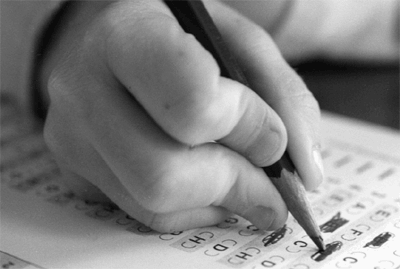
This content is restricted to subscribers
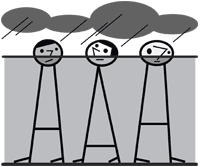
Budget cuts threaten one of the nation’s best multicultural institutions.

Profiling an African American teacher on Chicago’s south side.

A principal deals with a student’s unusual request.

A teacher observes social inequities during a class trip.
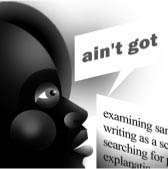
A mother tries to leave her Southern accent behind.
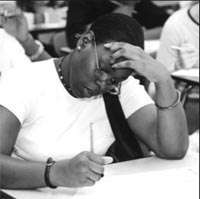
Labelling schools low-performing” has consequences for all.”
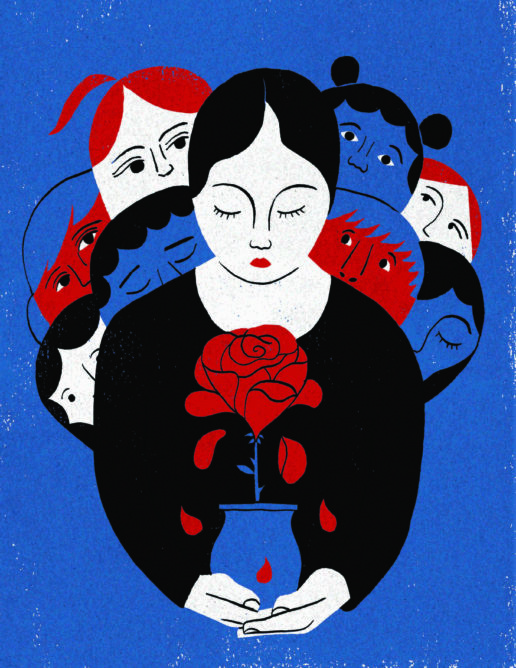
Death happens regularly, but a special education teacher describes her own mother’s death to show how schools leave no space for grief and try to hide death from the school community.
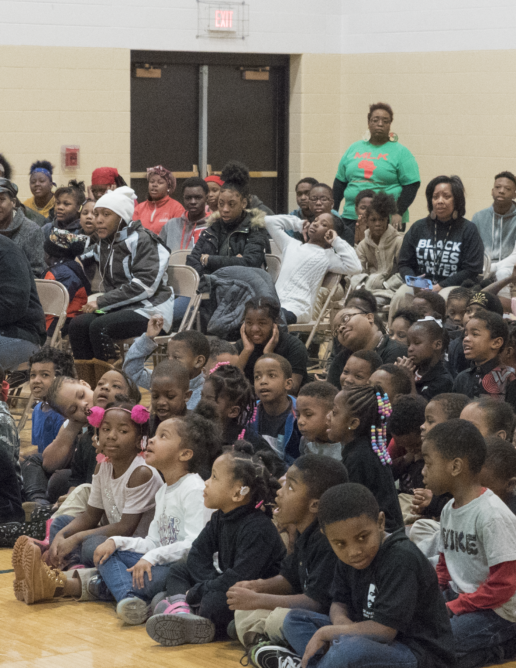
In an era when a U.S. president calls Haiti and African nations shithole countries; a time when hate crimes are on the rise; a time when Black students are suspended at four times the rate of white students; and a time when we have lost 26,000 Black teachers since 2002, building a movement for racial justice in the schools is an urgent task. Black lives will matter at schools only when this movement becomes a mass uprising that unites the power of educator unions and families to transform public education.
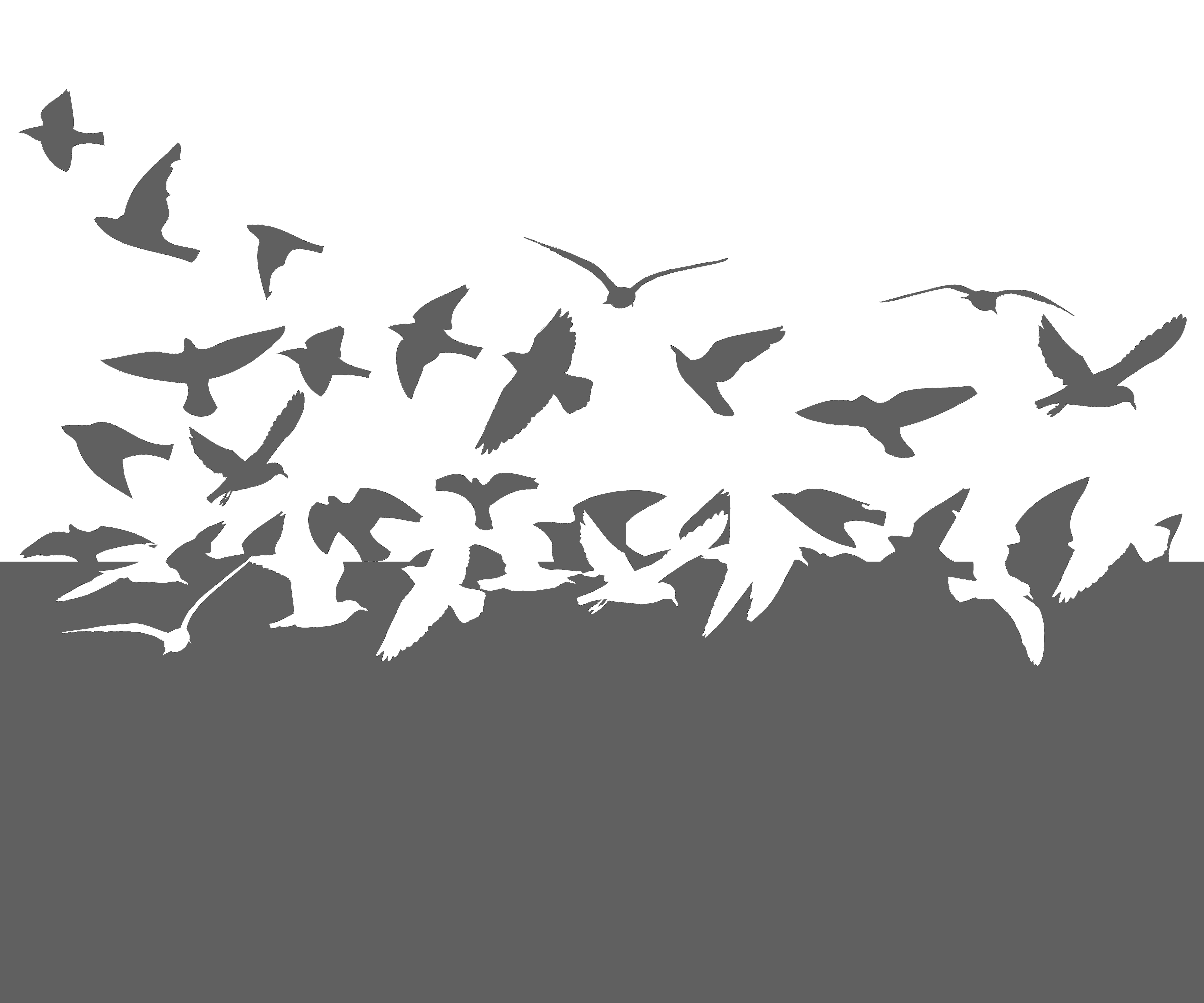
The same mid-February weekend that Trump declared his manufactured emergency, I traveled to El Paso on behalf of the Massachusetts Teachers Association to take part in a “Teach-In for Freedom” organized by Teachers Against Child Detention. This event, among other demands, “called on the U.S. government to end the detention and criminalization of immigrant children and their families.”
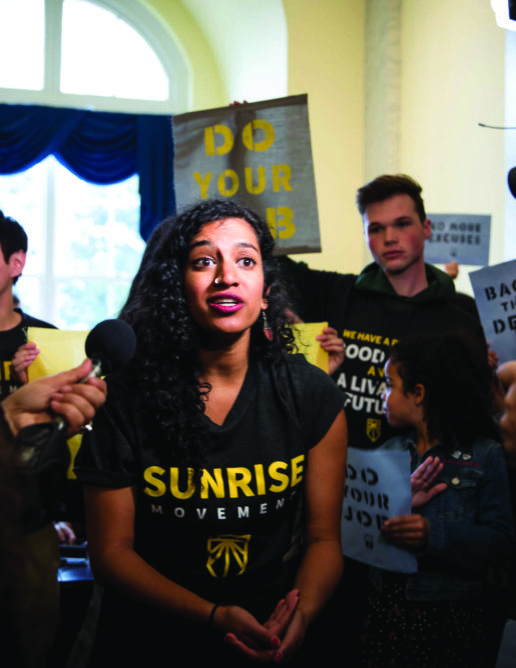
In the latest installment of our regular column “Earth, Justice, and Our Classrooms,” Rethinking Schools curriculum editor Bill Bigelow writes about global youth activism around climate justice and the urgency of the crisis, and introduces readers to the Zinn Education Project’s Teach Climate Justice campaign.
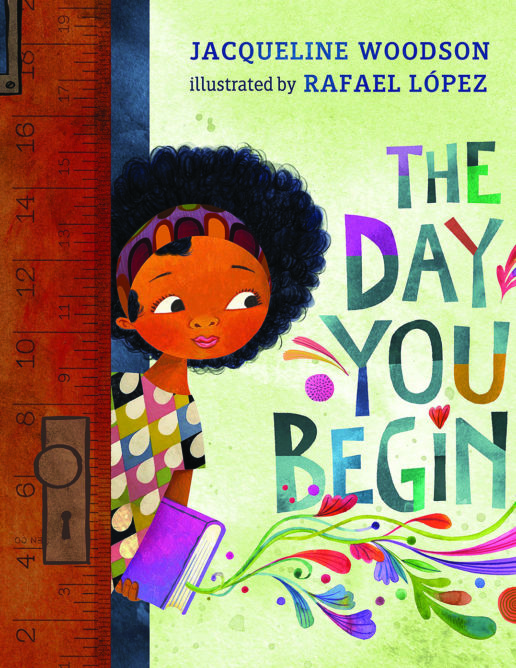
Check out these valuable resources, reviewed by Rethinking Schools editors and Teaching for Change colleagues.
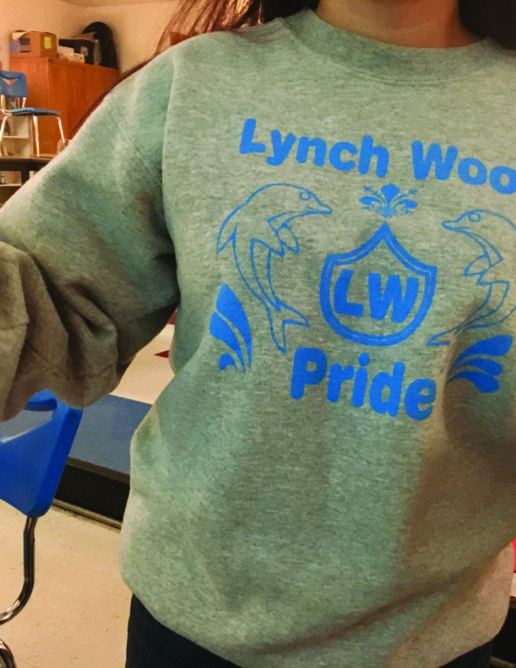
A language arts teacher describes a school board debate in which she merely showed up, instead of showing up and fighting for communities of color.
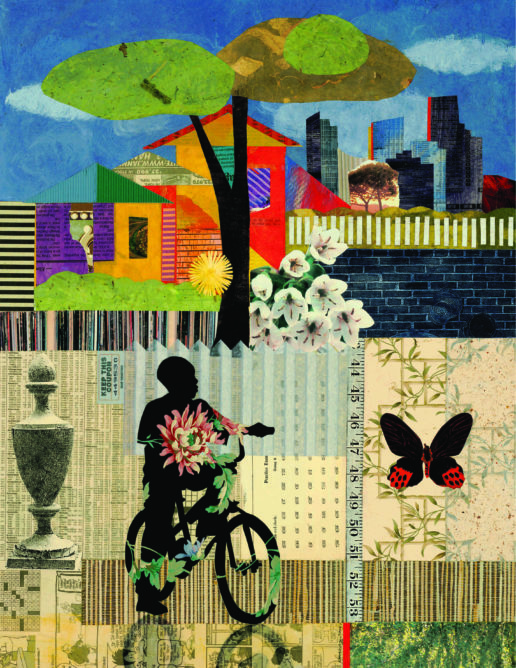
After teachers label her son’s behavior as problematic and try to have him evaluated by a psychologist, a Black parent uncovers why schools fail Black boys and begins organizing her community to challenge practices detrimental to them.
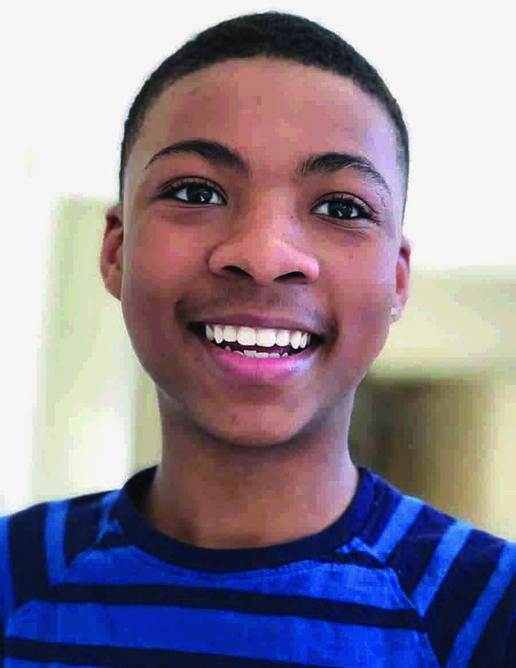
A writer interrogates school culture and our collective role in the suicide of a gay 15-year-old 9th grader in Alabama.
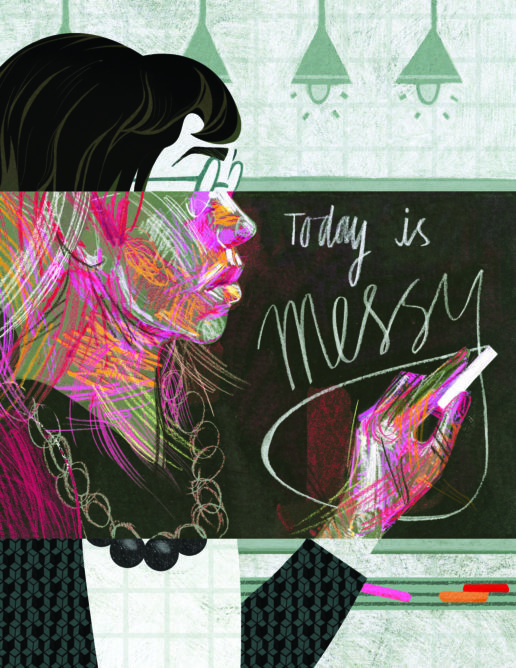
A special education teacher talks about the importance of sharing her own stories — and complexities — with students.
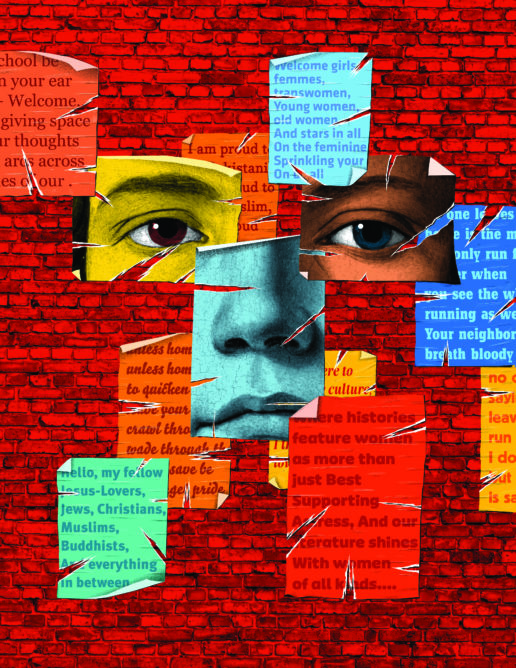
A teacher creates a welcome poems lesson to celebrate the diversity of students — and with students.
Bob Peterson analyzes the Janus decision’s impact on teacher unions, talks with union leaders from across the country about how they are responding to it, and argues that the damage of the decision can be countered through the upsurge of progressive activism engendered by the victory of Donald Trump.
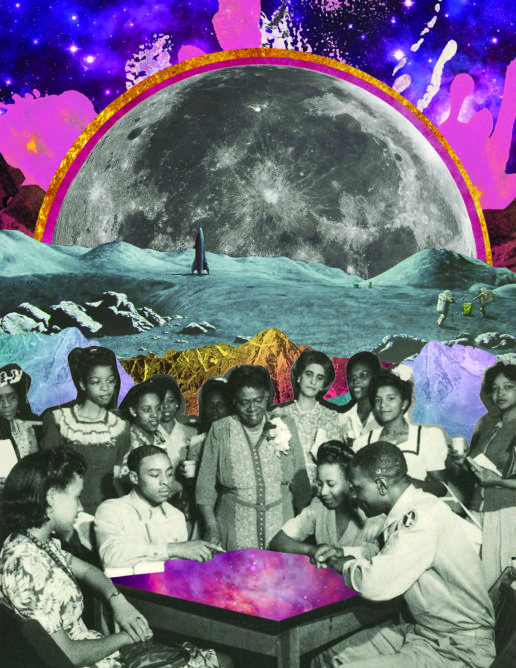
A physics teacher uses student research and other exercises to urge his high school class to wrestle with race, privilege, and representation.
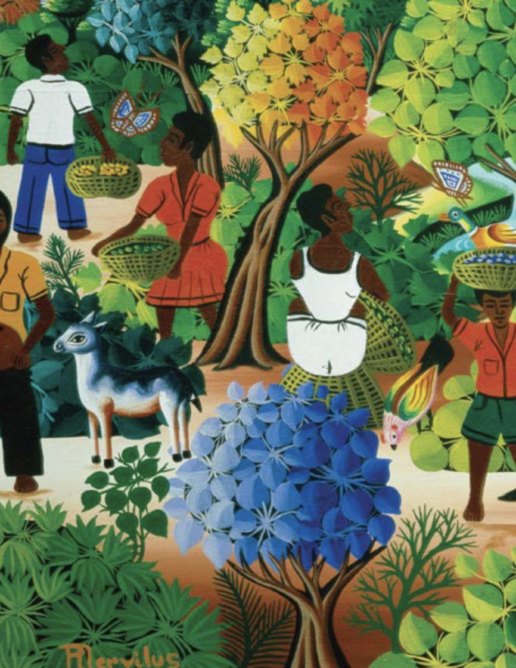
“Haiti is one of the poorest countries in the world.” That’s the only thing this Haitian American teacher remembers being taught in school about her family’s country of origin. She calls for a revolution in how educators teach Haiti.
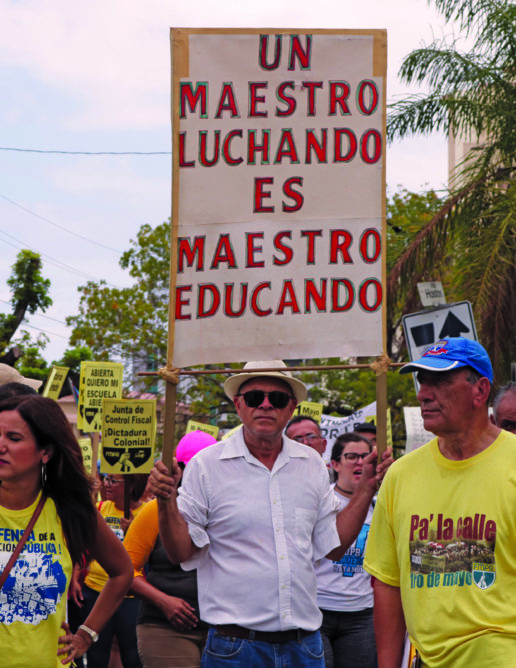
Union activists have been tirelessly organizing with communities, recognizing that these are the same stories of communities across the United States. The fight will go on, even as disaster capitalism on steroids wants to destroy the public education system.
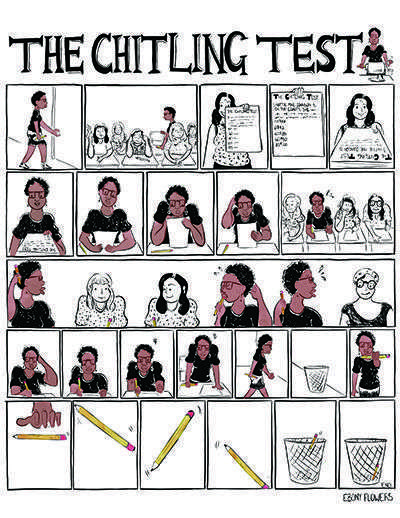
An educator reflects on how the education system has continually tested her Blackness from grade school through professional development, and argues that we need more Black spaces to nurture brilliance.
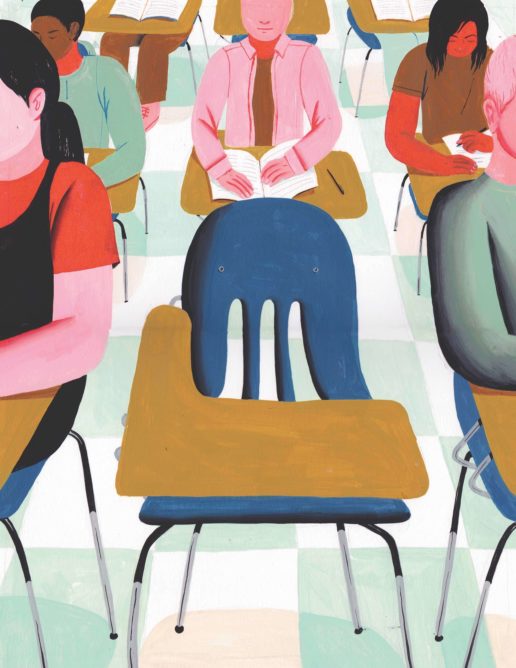
A high school teacher explores how the dynamics of a classroom can change when a student leaves and what the effects can be on that student, the other students, and the teacher.
Right away I recognized her. Ruby Bridges. The courageous girl who defied white racists and became the first to integrate an all-white elementary school. My 7-year-old son pulled a handout out of his backpack with her face on it. He is in a bilingual, two-way immersion program at our local elementary school. As is our custom on Friday, we emptied his backpack and sorted the contents. We determined what needed to be recycled, what would be hung on our whiteboard, and what needed to be stored in my Things-to-take-care-of box by the fridge. I smiled, because as a former history teacher and lover of Black history, I was happy to see my son learning about this important historical moment. And then, I took a closer look and saw that it was in Spanish. I was elated as it dawned on me that my son truly is emergent bilingual. “Caleb, what’s this about? Did you read this in school?”